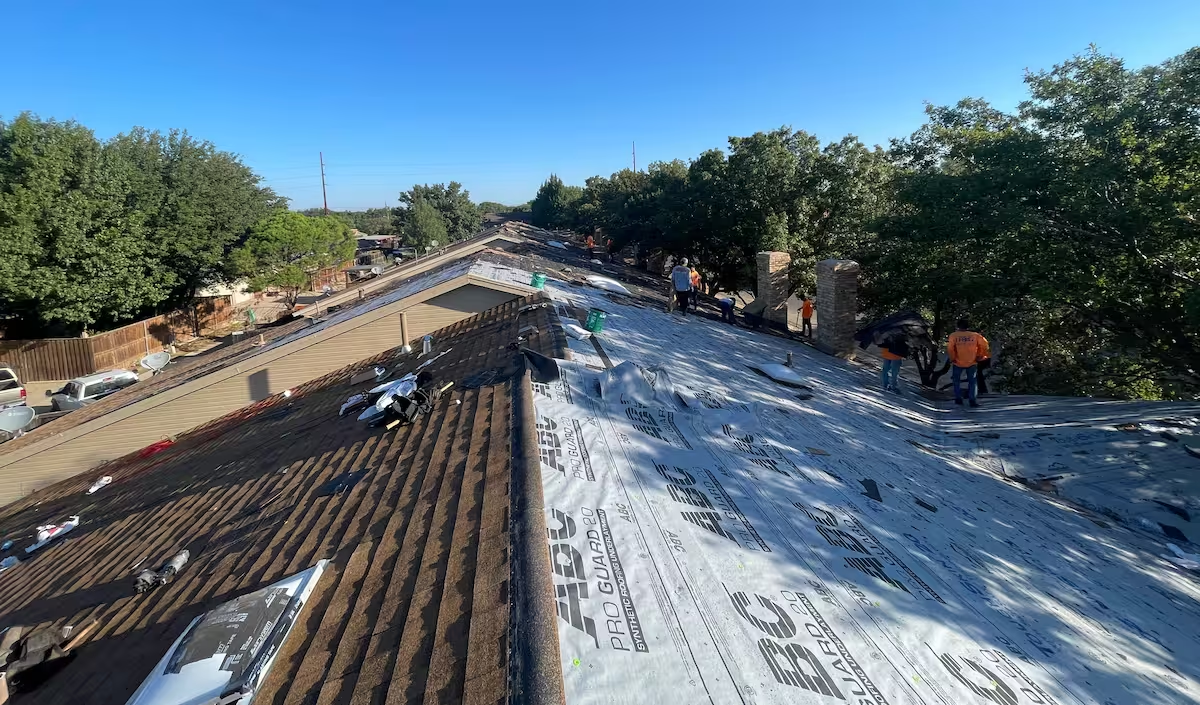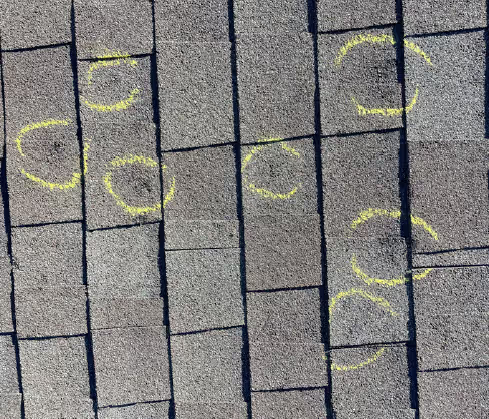Understanding Storm Damage Risks
Your roof serves as your home's first line of defense against severe weather conditions, making storm protection crucial for maintaining your property's integrity and value. From high winds and hail to heavy rain and snow loads, storms can cause significant damage that leads to costly repairs and potential safety hazards if not properly addressed.
Understanding the types of storm damage that can affect your roof is the first step in developing an effective protection strategy. Common storm-related issues include missing or damaged shingles, compromised flashing, clogged gutters, and structural damage that can result in leaks and interior water damage.
Pre-Storm Preparation Strategies
Regular Roof Inspections
Conducting thorough roof inspections at least twice yearly—preferably in spring and fall—is essential for identifying potential vulnerabilities before storm season arrives. Professional inspections can detect issues that untrained eyes might miss, including loose shingles, damaged flashing, and compromised sealants around vents and chimneys.
- Check for loose, cracked, or missing shingles that could be easily dislodged by high winds
- Examine flashing around chimneys, vents, and roof edges for signs of wear or separation
- Inspect gutters and downspouts for proper attachment and functionality
- Look for signs of water damage, mold, or rot in attic spaces
Strengthen Vulnerable Areas
Identifying and reinforcing weak points in your roofing system can significantly improve its storm resistance. Focus on areas where different roofing materials meet, such as valleys, ridges, and edges, as these locations are particularly susceptible to wind damage.
- Secure loose shingles with roofing cement or additional fasteners
- Replace damaged or missing caulking around flashing and penetrations
- Trim overhanging tree branches that could fall on your roof during storms
- Consider upgrading to impact-resistant roofing materials in high-risk areas
Gutter System Maintenance
A properly functioning gutter system is crucial for protecting your roof from water damage during storms. Clogged or damaged gutters can cause water to back up under shingles, leading to leaks and potential structural damage. Regular cleaning and maintenance ensure water flows freely away from your roof and foundation.

Install gutter guards to reduce debris accumulation and ensure downspouts direct water at least six feet away from your home's foundation. Consider upgrading to larger capacity gutters if your current system struggles with heavy rainfall.
Emergency Storm Preparations
Weather Monitoring
Stay informed about approaching severe weather by monitoring local forecasts and weather alerts. When storms are predicted, take immediate action to secure loose items around your property that could become projectiles and cause roof damage.
Temporary Protective Measures
For homes in areas prone to severe weather, consider investing in temporary protective measures such as storm shutters or reinforced garage doors. These additions can prevent wind-driven debris from causing secondary damage to your roof structure.
"Prevention is always more cost-effective than repairs. A well-maintained roof can withstand most storm conditions and protect your family and belongings when severe weather strikes."
Professional Storm Damage Assessment
After any significant storm event, it's crucial to have your roof professionally inspected, even if no obvious damage is visible from the ground. Storm damage can be subtle and may not manifest as leaks until weeks or months later, when small issues have developed into major problems.
Insurance Considerations
Document all storm damage with photographs and contact your insurance company promptly to report potential claims. Many insurance policies have specific time limits for reporting storm damage, and professional assessments can help ensure you receive appropriate coverage for necessary repairs.
Long-Term Protection Strategies
Consider upgrading to storm-resistant roofing materials when replacement becomes necessary. Modern roofing systems offer improved wind resistance ratings and impact resistance that can significantly reduce storm damage risk.
Impact-resistant shingles, reinforced underlayment, and proper installation techniques can enhance your roof's ability to withstand severe weather conditions while potentially reducing insurance premiums.
Regular Maintenance Schedule
Establish a consistent maintenance routine that includes seasonal inspections, prompt repairs of minor issues, and professional assessments after storm events. This proactive approach helps identify problems early and extends your roof's lifespan while maintaining optimal storm protection.
Conclusion
Protecting your roof from storm damage requires a combination of regular maintenance, proactive preparation, and prompt attention to potential issues. By implementing these strategies and working with qualified roofing professionals, you can significantly reduce your risk of storm-related damage and ensure your roof continues to protect your home effectively. Remember that investing in prevention and maintenance is always more cost-effective than dealing with major storm damage repairs, making roof protection an essential aspect of responsible homeownership.
.png)



